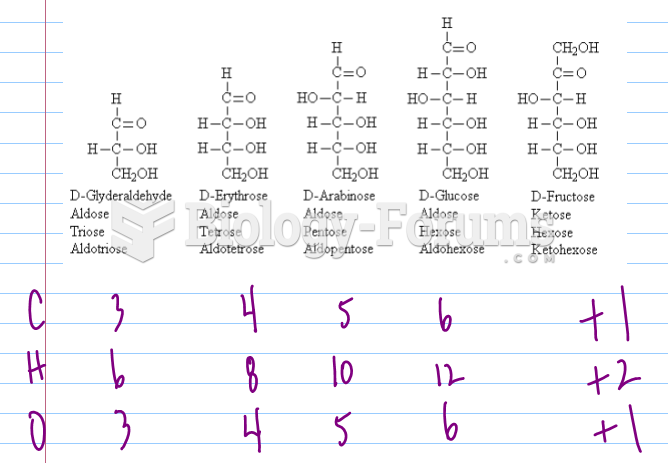Answer to Question 1
Date, Time; Nutrition Note
A: 24 yo Native American female, ht 5'0; wt. 77.2 kg; aBWef 70 kg
Dx: chronic kidney disease on hemodialysis; type 2 DM. Meds: Glucophage, captopril
Labs: Na 130; K 5.8; Cl 91; CO232; HCO3 22; BUN 69; Cr 12; Glu 282; Hgb A1C 9,2; PO46.4; Ca 8.2; Alb 3.3; Hgb 10.5.
D:
Inadequate protein-energy intake related to recent poor appetite and nausea and vomiting secondary to CKD as evidenced by typical recent daily intake of 1300 kcal and 64 g protein compared to recommended 2450 kcal and 72 g protein (hemodialysis)
Limited adherence to nutrition-related recommendations as evidenced by patient stating that she tried to follow the diet that she was taught 2 years ago but it was hard to keep up
Undesirable food choices as evidenced by consumption of higher-sodium foods such as processed meats, potato chips, and crackers
I:
Patient Goals:
Nutrition prescription: Diet Rx: 35 kcal/kg (2450 kcal/day), 1.2 g protein/kg (72 g/day), 2 g K, 1 g phosphorus, 2 g Na, 1,000 mL fluid + urine output per day.
Normalization of BG and A1c
Decrease intake of foods high in sodium
Patient able to sustain changes in diet based on recommendations for dialysis
Intervention: Provided counseling that included purpose of dietary changes consistent with nutritional consequences of chronic kidney disease and treatment with dialysis; assessed readiness and self-efficacy for change. Strategies included motivational interviewing, self-monitoring, and problem solving. Provided detailed list of foods that are high in sodium with alternatives to improve taste. Patient also provided with instructions for recording food intake and BG.
M: Patient able to identify the relationship between dietary intake and renal function. Monitor weight status, hydration status, electrolytes (K, P, Na, Ca), glucose, and anemia pertinent values (Hct, Hgb, RBC). Expressed desire to sustain changes over time and acknowledged that family is supportive of nutrition and medical care. Plan to see daily while in hospital and schedule outpatient within two weeks of discharge. Referral to dialysis RD once treatment scheduled.
Answer to Question 2
inadequate nutrient supply
decrease in basal metabolic rate to conserve energy (decreased thyroid function leads to decreased BMR)
liver glycogen stores used up in first 12-24 hours (glycogenolysis)
energy from fat storage (lipolysis) provides >90 of kcal (ketones as primary energy source)
energy from protein/lean mass provides <10 of kcal for gluconeogenesis to provide glucose for obligate users (brain)
increased need for alanine and glutamine (from muscle) to stimulate gluconeogenesis
protein losses significant during first 7-10 days (1-2 kg lean body mass lost over first 7 days; skeletal muscle catabolized, muscle synthesis decreased)
organ function changes in GI tract result in loss of mass, decreases in villi, decreased enzyme secretion, impaired motility, and bacterial overgrowth, which lead to maldigestion and malabsorption
decreased protein synthesis in liver
muscle function decreases; breakdown of intercostal muscles can lead to decreased respiratory function; breakdown of cardiac muscle can lead to hypotension, bradycardia, and decreased cardiac output
immune function decreases to spare protein
decreased growth







